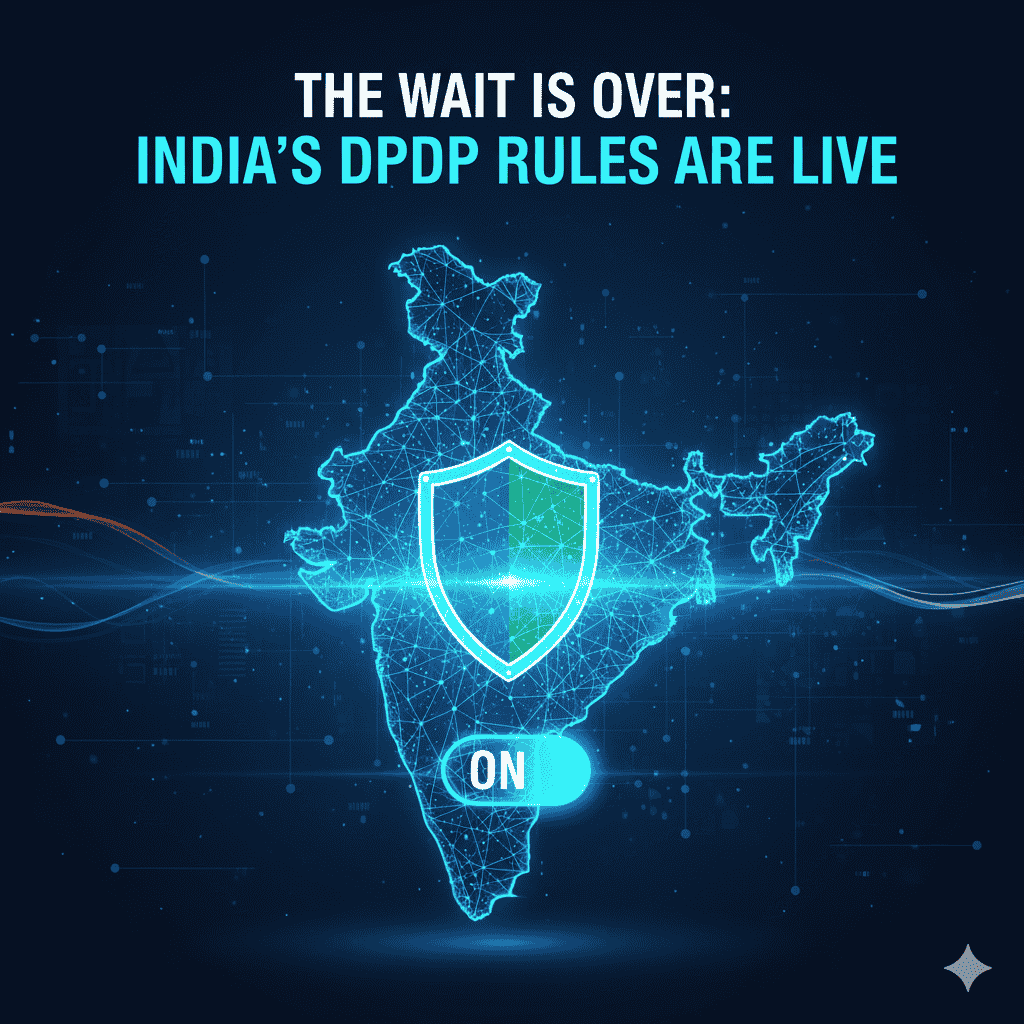In today’s rapidly evolving digital landscape, a successful marketing technology (martech) strategy is pivotal for businesses looking to enhance their reach, engagement, and conversion rates. But how do you know if your martech initiatives are effective? The answer lies in measurement. By tracking key metrics, businesses can analyze performance, optimize strategies, and ultimately drive success. Here’s a breakdown of essential metrics to consider.
1. Return on Investment (ROI)
Why it Matters:
ROI measures the profitability of your martech investments. Understanding the monetary return helps determine which technologies or strategies yield the best results.
How to Measure:
ROI can be calculated using the formula:
[
\text{ROI} = \left( \frac{\text{Net Profit}}{\text{Cost of Investment}} \right) \times 100
]
A positive ROI indicates that your martech strategies are adding value.
2. Customer Acquisition Cost (CAC)
Why it Matters:
CAC reflects the total cost of acquiring a new customer through marketing efforts. High acquisition costs could indicate inefficiencies in your marketing approach.
How to Measure:
Calculate CAC by dividing the total sales and marketing expenses by the number of new customers acquired during the same period:
[
\text{CAC} = \frac{\text{Total Marketing Expenses}}{\text{Number of New Customers}}
]
3. Customer Lifetime Value (CLV)
Why it Matters:
CLV estimates the total revenue a business can expect from a customer throughout their relationship. Comparing CLV to CAC helps gauge whether your marketing strategies are sustainable over time.
How to Measure:
CLV can be estimated using various formulas, one of the simplest being:
[
\text{CLV} = \text{Average Purchase Value} \times \text{Average Purchase Frequency} \times \text{Customer Lifespan}
]
4. Engagement Metrics
Why it Matters:
Engagement metrics, like click-through rates (CTR), open rates, and social media interactions, provide insight into how well your content resonates with your audience.
Key Metrics to Track:
- Click-Through Rate (CTR): The percentage of clicks on your marketing content versus the number of times it was viewed.
[
\text{CTR} = \left( \frac{\text{Total Clicks}}{\text{Total Impressions}} \right) \times 100
]
- Open Rate: The percentage of recipients who open your email campaigns.
5. Conversion Rate
Why it Matters:
The conversion rate indicates the effectiveness of your marketing funnel in turning prospects into customers. A low conversion rate may suggest barriers in the customer journey.
How to Measure:
To calculate conversion rate:
[
\text{Conversion Rate} = \left( \frac{\text{Number of Conversions}}{\text{Total Visitors}} \right) \times 100
]
6. Churn Rate
Why it Matters:
Churn rate measures the percentage of customers who stop using your product or service over a specific time period. High churn rates can indicate dissatisfaction or better competitor offerings.
How to Measure:
Calculate churn rate with the formula:
[
\text{Churn Rate} = \left( \frac{\text{Customers Lost}}{\text{Total Customers at the Start of Period}} \right) \times 100
]
7. Marketing Automation Metrics
Why it Matters:
For businesses using marketing automation, tracking metrics such as the number of leads generated and qualified leads helps assess the effectiveness of automated campaigns.
Key Metrics to Track:
- Lead Generation Rate: The number of new leads generated from automated campaigns over a certain period.
- Lead Qualification Rate: The percentage of leads that meet the predetermined criteria for sales-ready leads.
8. Website Traffic and Behavior
Why it Matters:
Understanding how users interact with your website can provide granular insights into user needs and areas for improvement.
Key Metrics to Track:
- Total Visits: Overall traffic to your website.
- Bounce Rate: The percentage of visitors who leave without engaging further.
[
\text{Bounce Rate} = \left( \frac{\text{Single Page Visits}}{\text{Total Entrances}} \right) \times 100
]
Conclusion
The success of your martech strategy hinges not just on the tools you implement but on how well you measure and analyze their performance. By focusing on key metrics such as ROI, CAC, CLV, engagement rates, conversion rates, churn rates, marketing automation effectiveness, and website behavior, businesses can make more informed decisions and refine their marketing strategies.
Ultimately, measurement is not a one-time activity. Continuously tracking, analyzing, and optimizing based on these metrics is crucial for adapting to market changes and maximizing the impact of your martech investments. In a world where data drives decision-making, a robust measurement framework will set your business apart from the competition.








